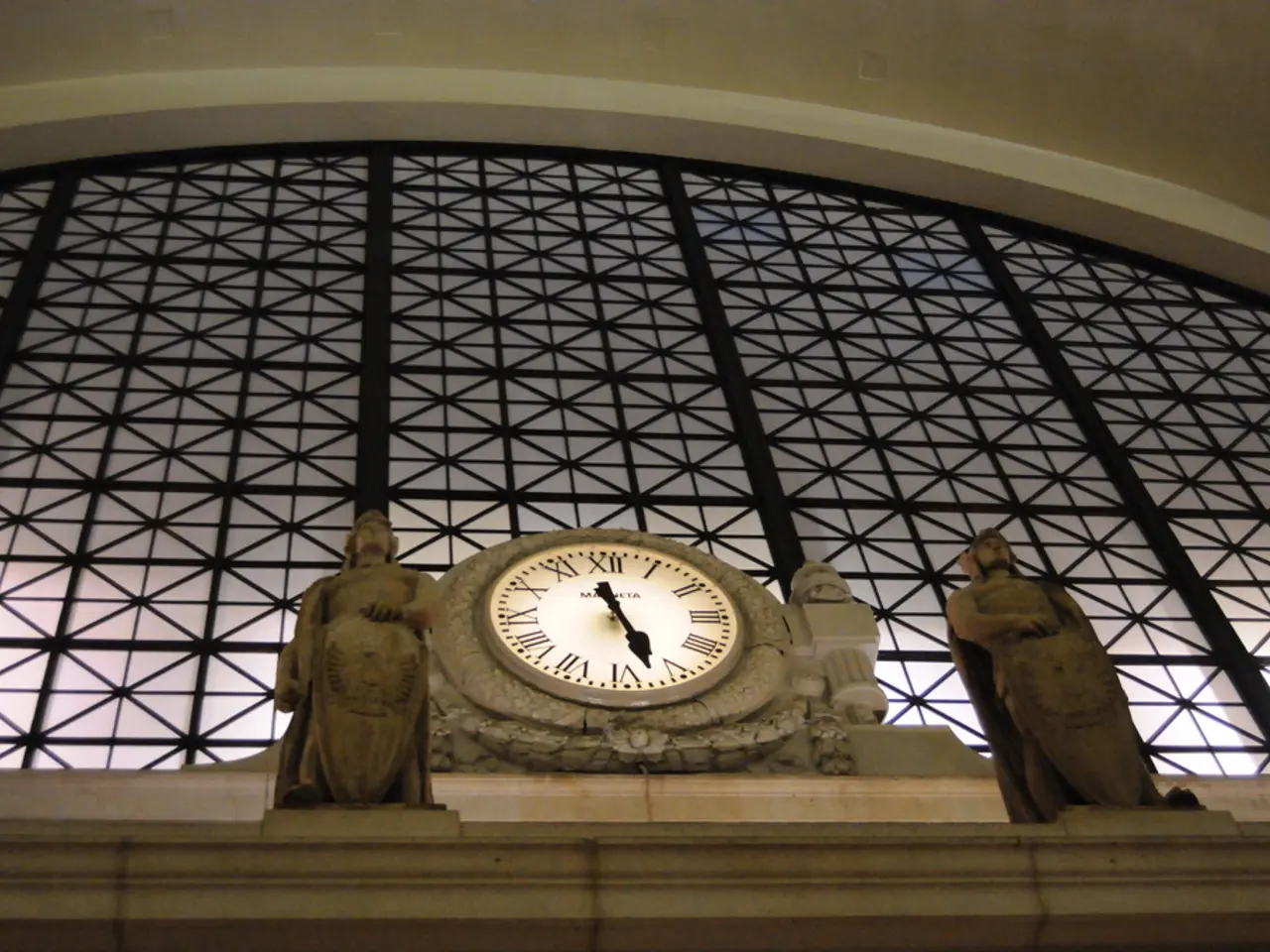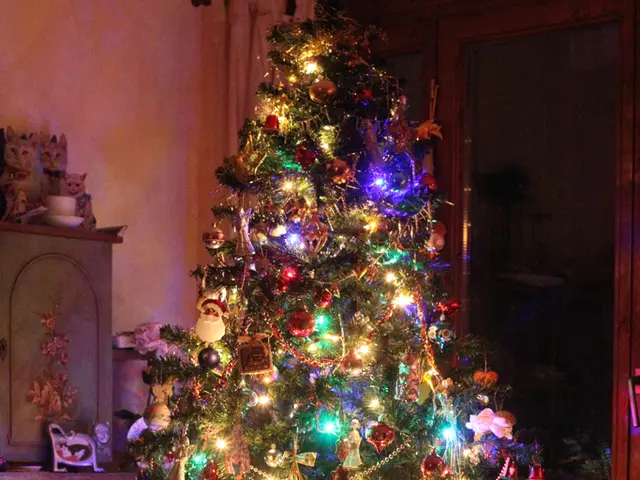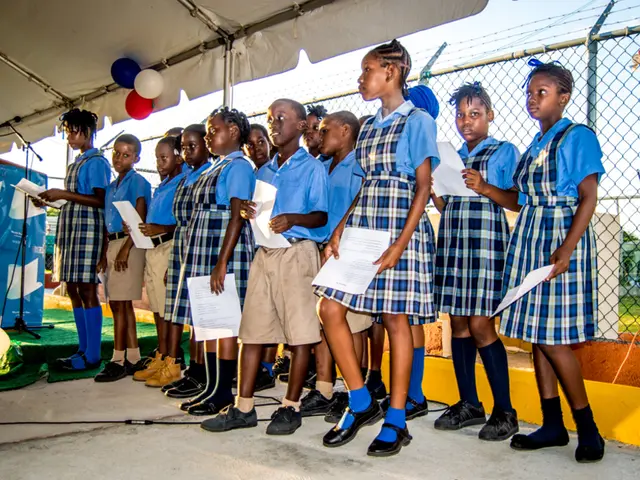Clock Owners' Viewpoint on Interventions: Restoration, Preservation, or Consumption - Chapter II
In the world of antique clock collecting, a dilemma often arises: to preserve or restore. This article is a continuation of our two-part series, delving into the intricacies of this debate.
When it comes to antique clock restoration, the best practices are rooted in careful, minimally invasive movement repair, gentle and sympathetic case restoration, and valuing a running clock often higher than a non-running one, provided the restoration does not overly compromise originality or historical integrity.
Movement Repair
Documenting the clock thoroughly before disassembly is crucial. This includes taking many photos and observing how it functions. Aggressive cleaning methods like putting whole movements in ultrasonic cleaners should be avoided, as they can cause damage. Instead, focus on learning sustainable repair techniques and cleaning only necessary parts carefully to preserve original components. Expert guides, such as those for grandfather clocks, stress methodical maintenance and cautious servicing to maintain mechanical integrity.
Case Restoration
Restoring the clock case sensitively is equally important. This involves gentle cleaning methods suitable for wood or glass, such as careful glass cleaning to avoid damage. Heavy refinishing or over-polishing should be avoided, as they can reduce antique value. Conservation best practices favor stabilization rather than full restoration to ensure the clock retains its historical character.
Value Considerations
Generally, a running antique clock is more valuable than a non-running one, but value depends on the quality and authenticity of the restoration. Excessive or inappropriate repairs can decrease value if they remove original parts or alter the clock’s appearance. Maintaining mechanical function while preserving as much original material as possible is ideal.
The author, who has worked on other people's clocks in the past but does not operate a clock business, believes that the customer's perspective and preferences are always paramount when it comes to repairing and restoring antique clocks. The author is less inclined to intervene in a clock's restoration if it is in better condition and costs more, but they always favor a thorough cleaning and a clock that runs correctly.
The movement and case of an antique clock are key considerations. The movement should be in running condition, or should it be preserved as a historic object? Changes made to the movement over the years, such as gear teeth repair, bushing work, new pivots, or pinions, should be taken into account during preservation or restoration. The case should be returned to its original condition or left as a historic object, with repairs to splits, chips, or missing pieces, dial face repainting or replacement, replacement of cracked clear glass panels, and changes to the hands all issues to consider.
The author visited the American Clock and Watch Museum in June 2019 and was impressed by the "Old Cranks," volunteers who come in once a week to wind the clocks. The author believes that clocks are meant to be used and consumed, not just preserved as museum pieces. They are in favor of making significant, period-correct changes to a clock in poor condition, especially if the initial cost is low.
The solution to the preservation or restoration dilemma is not the only factor to consider when dealing with an antique clock. Other factors include the collector's technical limitations, cost, and time. As with any collection, the journey of preserving and restoring antique clocks is a personal one, filled with numerous decisions and considerations.
[1] Expert Guide for Grandfather Clocks (n.d.). Retrieved from https://www.grandfatherclocks.com/repair-and-maintenance/
[3] Expert Guide for Grandfather Clocks (n.d.). Retrieved from https://www.grandfatherclocks.com/repair-and-maintenance/
[5] Conservation Best Practices for Antique Clocks (n.d.). Retrieved from https://www.antiqueconservation.com/best-practices-antique-clocks/




